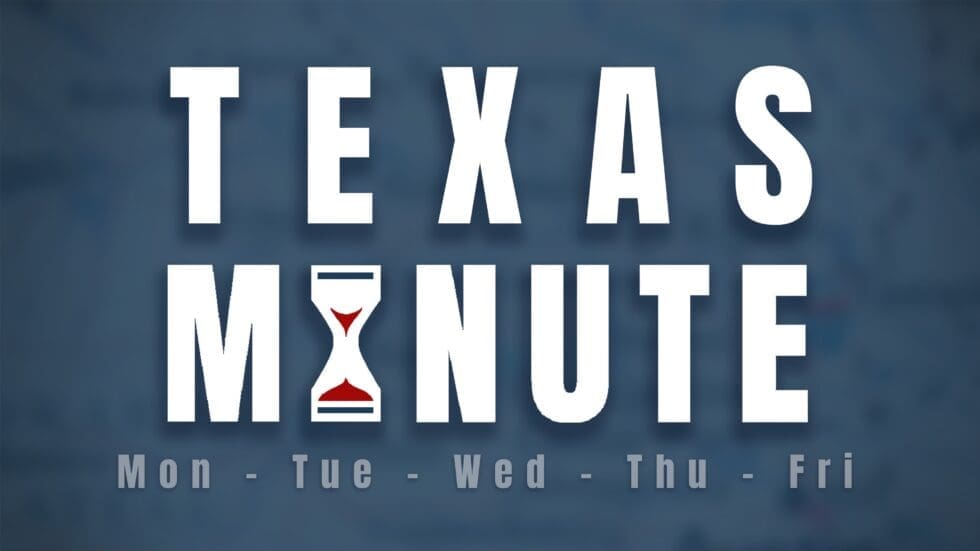 The Texas Public Utilities Commission (PUC) wants to build half a dozen transmission lines to get wind-generated energy from the west Texas plains to the state’s power grid. They’ve been anxious to do this for awhile, and how much do they think this is going to cost? Why, just $7 billion.
The Texas Public Utilities Commission (PUC) wants to build half a dozen transmission lines to get wind-generated energy from the west Texas plains to the state’s power grid. They’ve been anxious to do this for awhile, and how much do they think this is going to cost? Why, just $7 billion.
Yeah, I did a double-take, too.
The Dallas Morning News had a story about this just today. When the project was first proposed, it was going to cost about $5 billion (in itself, not exactly a bargain). Back in 2008, wind energy was “cheap,” compared to natural gas. Since then, natural gas prices have plummeted, and wind energy has become much more expensive. The PUC can’t just write a check for the lines – the cost gets passed on to ratepayers. That’s you, of course, struggling taxpayer.
After this incredibly hot summer, when many of us experienced the rolling brownouts and power outages that came with the high daytime demand on the power grid, it became obvious that we need more energy and of course, a way to get that energy to the grid. The Dallas Morning News pointed out, however, what seems fairly obvious – wind in west Texas blows harder at night, and during the day when the demand is highest, we’re actually getting the least bang for our buck. More wind transmission lines will be expensive and actually produce very little. We still need more natural gas plants to offset the loss during peak hours. After all, if the wind isn’t blowing, the turbines aren’t spinning, and there’s nothing being generated.
There is quite the debate going on about whether the PUC should go ahead with the plan as written for the lines. Senate Natural Resources chairman Sen. Troy Fraser (R-Horseshoe Bay) asked the PUC to cut back on line building, keeping the cost in mind. In spite of this, because the line in question is already under construction, ratepayers could still end up footing the bill for work completed.
All of the anxiety to look at alternative forms of energy is leading us down a very expensive path. Texas should take a long, hard look at the cost-benefit of wind energy, and not let environmentalist rhetoric deter from the realities and complexities involved in generation, delivery, and reliability of such energy. Seven billion dollars in costs, for just a handful of transmission lines, should give anyone pause, but especially government, and especially for something about which there are so many concerns.



